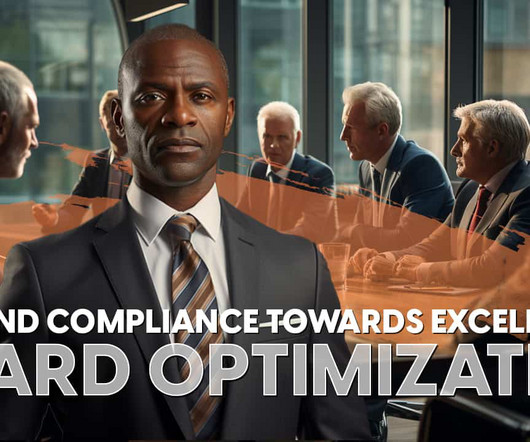Board Performance Optimization: Beyond Compliance Towards Excellence
N2Growth Blog
DECEMBER 16, 2023
Concurrently, a culture of continuous learning and improvement and an open-minded approach to change can catalyze efficiency, spark innovation, and enhance competitiveness. Moreover, influential leaders enhance performance by fostering an environment with innovation, learning, and growth.














Let's personalize your content